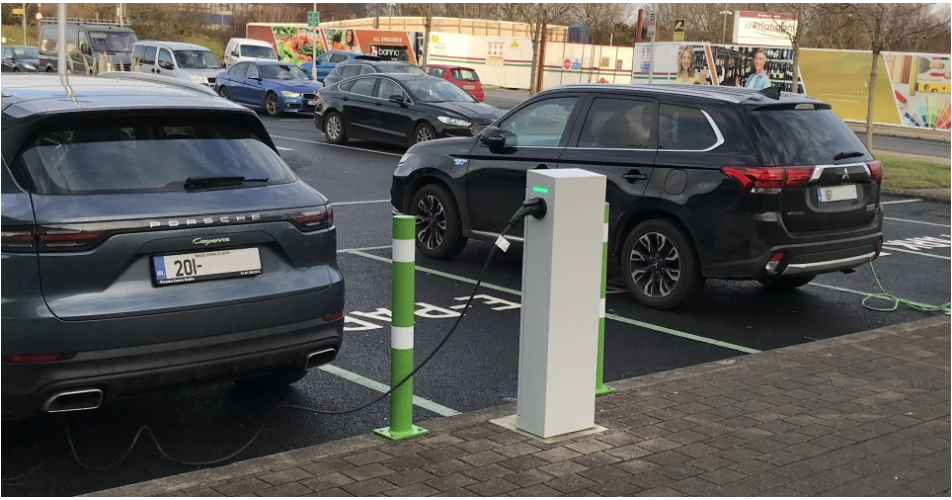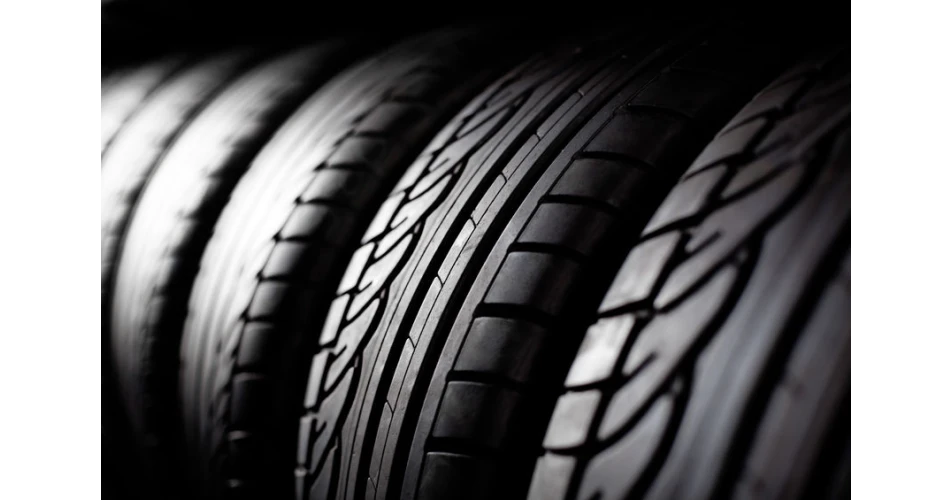Non-exhaust emissions are believed to make up the majority source of primary particulate matter from road transport, accounting for 60% of finer PM2.5 particle and 73% of coarser PM10 particles.
The experts at Emission Analytics argue that the latest exhaust emission reduction technology, means that the newest internal combustion engine vehicles are achieving pollutant emission levels so low they are hard to measure. Countering this, they says that the biggest source of particle pollutant emissions from new vehicles now comes from non-exhaust sources, especially brake and tyre wear.
This is also backed up the 2019 report Non-Exhaust Emissions from Road Traffic by the UK Government’s Air Quality Expert Group, which recommends an immediate priority be given to non-exhaust emissions.
Non-exhaust particle emissions are an issue of growing concern and include brake wear particles and tyre wear particles, road erosion particles and the re-suspension of existing particles lying on the carriageway. The main worry is that people are investing in electric and plug-in hybrid vehicles, thinking they are low or zero emission options. However, the trend is also for these to be heavy SUV type models with poor aero dynamics, which actually produce more non exhaust emission particles because of their size.
Emission Analytics say that the very latest diesel models produce very negligible particle emissions because of effective DPF technology, providing the filter is functioning properly and the system has not been tampered with. They also point out that in some instances, the filters are so good that when the ambient air is already polluted, a diesel car will tend to extract more particles from the air than it emits. Road tests in fact found that diesel vehicles either removed particles from the air or were marginal net polluters, depending on atmospheric conditions. The test also showed that DPF’s were effective at all temperatures unlike Selective Catalytic Reduction (SCR) systems, which are highly sensitive to operating temperatures.
Looking at petrol vehicles, Emission Analytics makes the point that these now largely employ Gasoline Direct Injection (GDI) which feature higher compression ratios and lower charge temperatures. Whilst this makes them fuel efficient, it also leads to increased fine and ultrafine particle emissions. This is a concern, since new petrol vehicles account for around 60% of the European market and are outselling full battery electric cars by 29:1. The Emission Analytics report believes the trend to GDI is producing a sharp increase in potentially dangerous ultrafine particles, something the regulators and vehicle manufacturers are only just coming to terms with.
It is non-exhaust emissions that are the real concern. Tyres for example have never been regulated for emissions, which the study shows they produce at an alarmingly high rate. Non-exhaust emissions are believed to make up the majority source of primary particulate matter from road transport, accounting for 60% of finer PM2.5 particle and 73% of coarser PM10 particles.
An average tyre will shed 1.5kgs over a 30,000km lifespan. In road testing Emission Analytics found that tyres produced 5,760mg/km of completely unregulated tyre wear emission versus regulated exhaust emission limits of 4.5mg/km, a factor of over 1,000. This not only means problems with particulate matter in the air, but also micro-plastics in the watercourses.
Thus the automotive industry finds itself facing a trend toward low exhaust emission SUV type vehicles that are actually producing much higher levels of non exhaust emissions though tyre and brake wear. Regenerative braking is expected to combat part of the brake wear emissions problem and brake dust filters will also play a role. With regard to tyres, there is likely to be a need for regulation to ensure better quality and more wear resistant compositions.
However, the fact remains that consumers are being sold heavier vehicles with inefficient dynamics on the basis that they are non-polluting electric vehicles. This is clearly not the case. As regulators get to grips with non-tailpipe emissions and begin to take the issue seriously, it could soon be that vehicle design will turn full circle and smaller more efficient models will once again have to come to the fore.
 Consumers are being sold heavier vehicles with inefficient dynamics on the basis that they are non-polluting electric vehicles - this is clearly not the case.
Consumers are being sold heavier vehicles with inefficient dynamics on the basis that they are non-polluting electric vehicles - this is clearly not the case.
 In road testing Emission Analytics found that tyres produced 5,760mg/km of completely unregulated tyre wear emission versus regulated exhaust emission limits of 4.5mg/km, a factor of over 1,000
In road testing Emission Analytics found that tyres produced 5,760mg/km of completely unregulated tyre wear emission versus regulated exhaust emission limits of 4.5mg/km, a factor of over 1,000